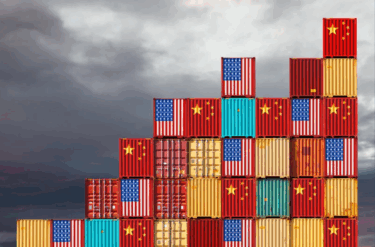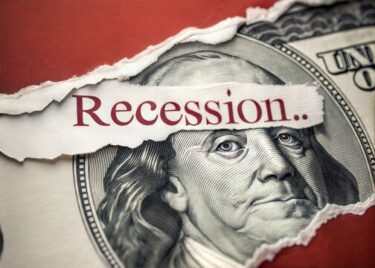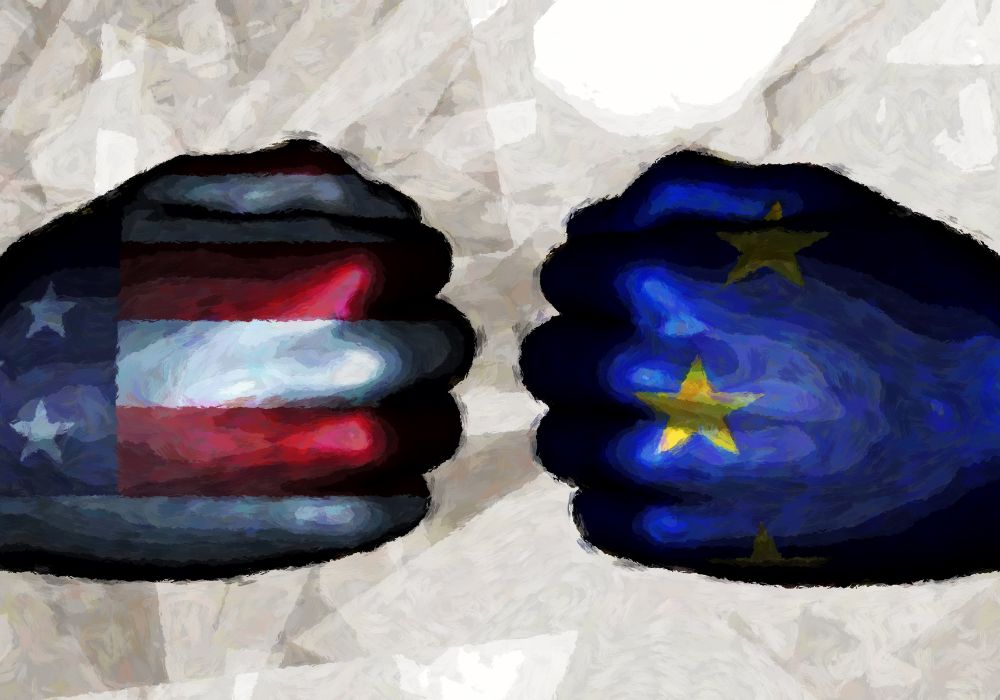Eurozone is likely next in the tariff war | Oxford Economics
Research Briefing
| Feb 12, 2025
US President Donald Trump looks set to make good on his threat to impose across-the-board tariffs on imports from the Eurozone. Consequently, we have incorporated a 10% blanket tariff by the US and immediate retaliation by the EU in our forecast for Eurozone GDP growth.
What you will learn:
In our simulation, the impacts of reciprocal 10% tariffs are sizable, but the economy manages to avoid a recession.
The impact from tariffs will vary across countries – the most open economies and those most exposed to US trade flows will generally be hit harder. Predictably, the most open economies generally suffer larger impacts on activity from the imposition of tariffs, with Czechia and Hungary’s GDP cut by nearly 1ppt by the end of 2027. Of the largest economies, Italy and Germany’s – which are among the largest trading partners with the US within the EU – see their GDP level is cut by 0.5 to 0.6ppts.
The effects on Europe’s economy will extend beyond trade. A more lasting, pervasive growth dampener comes through its impact on investment decisions. According to our simulation, the level of private investment in the eurozone would be reduced by almost 2ppts by the end of 2027.
Under our new assumptions, inflation in the eurozone is higher than in our previous forecast, only falling below the 2% target in 2026. Part of this is a direct result of tariffs, which will raise the cost of most imported goods.
Related Resources

Trump tariffs struck down, but tariff uncertainty remains
Discover how the recent Court ruling on Trump’s tariffs affects global trade dynamics. Learn about potential administration strategies and our macro forecasts.

US court rulings deepen trade policy uncertainty
A recent court ruling challenges key tariffs from the Trump administration, sparking uncertainty in US trade policy. As legal battles unfold, businesses and policymakers face an unpredictable road ahead. What does this mean for the economy and global trade?

US Recession Monitor – Economy at risk despite de-escalation
Rising tariffs, tightening credit, and slowing demand are straining the US economy especially for small businesses. Could these be early signs of a recession?

Increased tariffs on the EU would undo US-China trade relief
If the threatened tariffs on imports from the European Union and smartphones were to be implemented, it would reduce US’ GDP growth this year by 0.2ppts.
Select to close video modal
Select to close video modal
Play Video
Select to play video
Share
